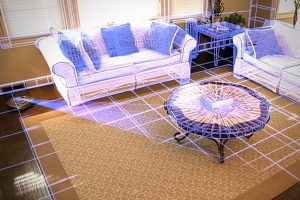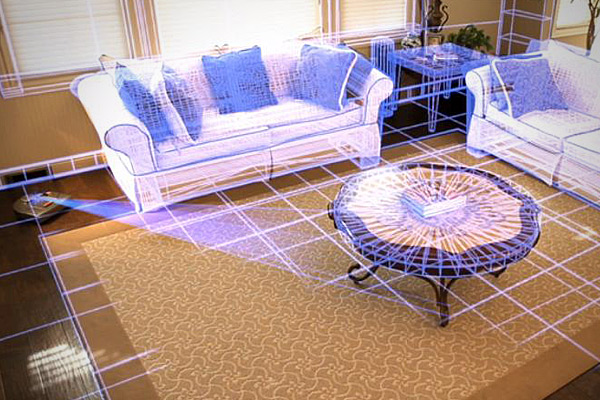Technology isn’t just for the office anymore. Homes these days are becoming increasingly sophisticated, allowing a simplification of daily life and providing people with increasingly comfortable and efficient places to live. In the modern day, when people use technology as an extension of themselves, it only makes sense homes have become more advanced. In addition, with an increasing awareness of the impact our actions have on the environment, green technology is giving consumers new ways to get the results they want with as little ecological impact as possible. Homeowners looking for some improvements can turn to these contemporary options to improve their living spaces.
Homes these days have more appliances than ever, but these machines use much less energy than they used to. Refrigerators, washing machines, air conditioners, dishwashers and water heaters are all made in energy-efficient models that allow consumers to get the results they expect while using fewer resources. In addition to requiring less energy to operate, energy-efficient appliances have controls that can automate their use to help homeowners lower their utility bills. For example, smart thermostats can manage temperatures based on patterns of use and sensors can let users know when to get new air conditioner filters to optimize an AC unit’s energy use.
Smart power strips
In recent years, consumers have become increasingly aware of phantom power, which is when electronics draw electricity from the outlet they’re plugged into even when the devices themselves are turned off. The solution to this problem is a simple one, with new power strips that sense whether the items plugged into them are in use or not. When the electronics aren’t being used, the power strip cuts off all power to them so they don’t waste electricity.
Mobile controls
Gone are the days of rushing home to turn on the oven after work or having to be home all day to do laundry. Today’s homes often have appliances with mobile controls that allow users to control the stove, washing machine or other appliance from their smartphone, tablet or computer. Mobile apps can provide detailed graphs and information about how much energy appliances are using. Consumers can then track the appliances’ impact and even see how much electricity they’re using during peak hours when utility use may be more expensive in a metropolitan area.
Creative fireplaces
Fireplaces are becoming less common because they are a liability for people who live in attached homes, apartments and other multi-unit buildings. Now, however, residents can enjoy a fireplace in their home with high-tech options like gas inserts and freestanding fireplaces. These either attach to the home gas system or run on small tanks of ethanol and other biofuels, allowing people to get the enjoyment of a fireplace and the added heat in the winter, all without burning wood.
Solar power
One of the best types of green technology is that which directly uses renewable resources. Consumers don’t have to pay premiums on their electric bills to get green energy in their homes. Instead, they can install items that take advantage of renewable energy, particularly solar energy. For example, solar-heated water systems reduce the amount of energy homes need to use for heating water. Skylights are another option that funnel natural light and heat into the home while also improving the décor of a room with few or no windows.
Homeowners looking to reduce their environmental impact should consider technology best suited to their areas of highest use, whether that’s with an energy-efficient appliance or getting the most out of solar power. Just a few small changes can make a big difference in consumers comfort and ease of interaction in their homes.

